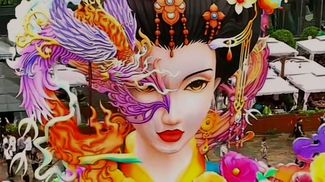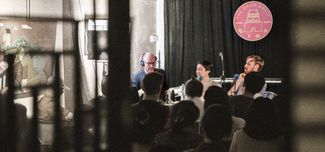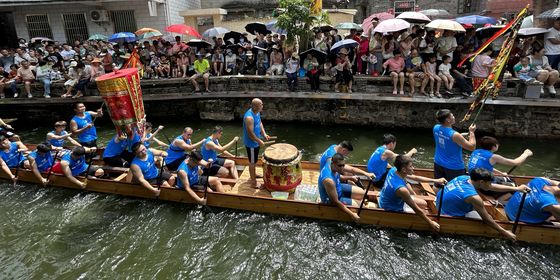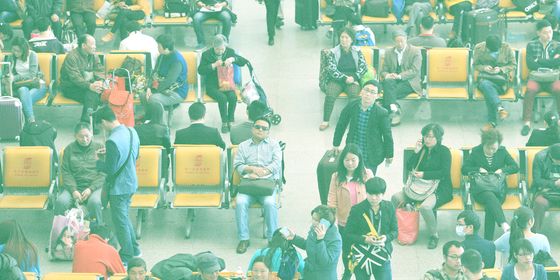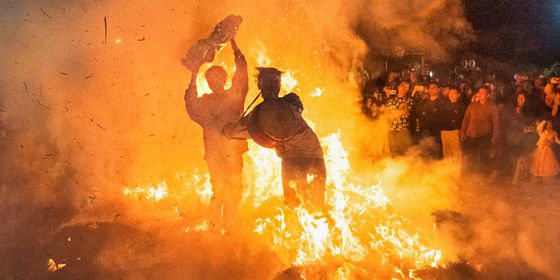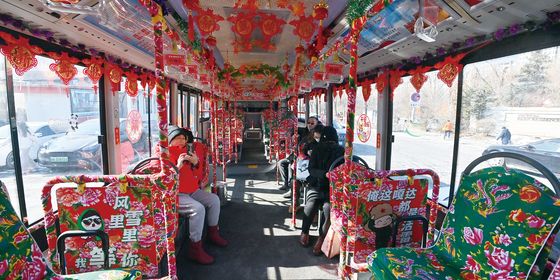A ceremony at Beijing’s 14th century Confucius temple celebrates a sage's birth based on 2,000-year-old traditions
On a sunny autumn morning in Beijing last month, a crowd of reverent worshipers draped in yellow scarves slowly shuffled into an ancient temple to the gentle sound of traditional Chinese string music and the scent of incense. The path and steps to the temple entrance were laid with a red carpet flanked by yellow chrysanthemum flowers. As the head of the ceremony slowly led the audience to the temple doors, the participants bowed in respect to one of China’s most influential thinkers.
Even after 2,725 years, China’s most famous philosopher can still draw a crowd for his birthday. On September 28, ceremonies and celebrations across China marked the anniversary of Confucius’s birth, with one of the largest held at Beijing’s 14th century Confucius Temple and Imperial College Museum.
While the host delivered a speech espousing the importance of Confucius and his teachings to Chinese culture and philosophy, other members of the procession, who are secondary school and college students dressed in the white robes of ancient literati and officials, stood silently to attention nearby. Later, outside the temple, members of the procession dressed in red robes, holding pheasant feathers in their right hand and yue (a type of ancient Chinese flute) in their left hand, performed rituals of respect to Confucius.
As one of China’s grandest and oldest temple ceremonies, the memorial dedicated to Confucius has a history of over 2,000 years. On this day, people throughout China gather at the hundreds of Confucius temples around the country, bowing, dancing, and delivering speeches to pay tribute to the man whose teachings are considered foundational to Chinese culture.
The ceremony in Beijing, however, has been held at the museum for the past 12 years, and aims to remember Confucius’s legacy and promote traditional Chinese culture, according to Yu Xiaopeng, a host of the ceremony. “To commemorate Confucius is to show one’s admiration for Chinese culture,” Yu tells TWOC. He says that the ceremony is important, as “the significance of popularizing traditional culture is to unite Chinese people.”
The ceremony rituals comprised of six parts: Welcoming the Spirit (迎神), the First Worship (初献), the Second Worship (亚献), the Final Worship (终献), Delivering the Spirit (送神), and Watching the Burning (望燎). According to Yu, who is an educator of traditional Confucian culture, these traditional rituals symbolize people reuniting with their ancestors, welcoming their spirits, communicating with them, and then sending them back to heaven.


